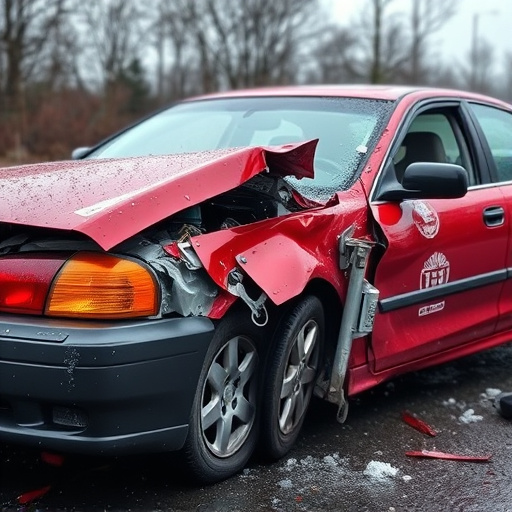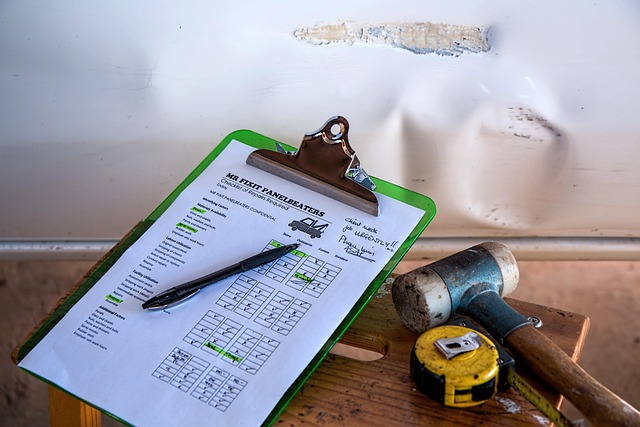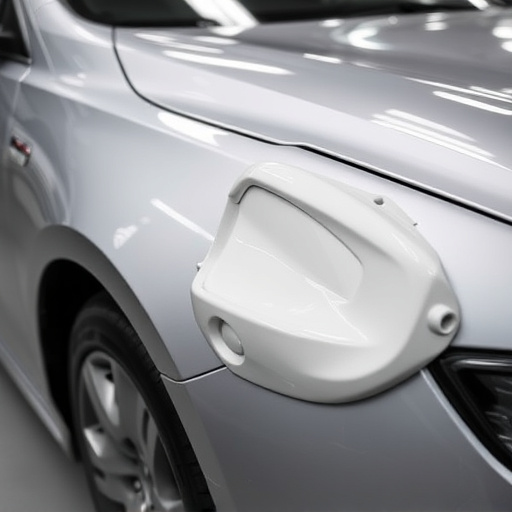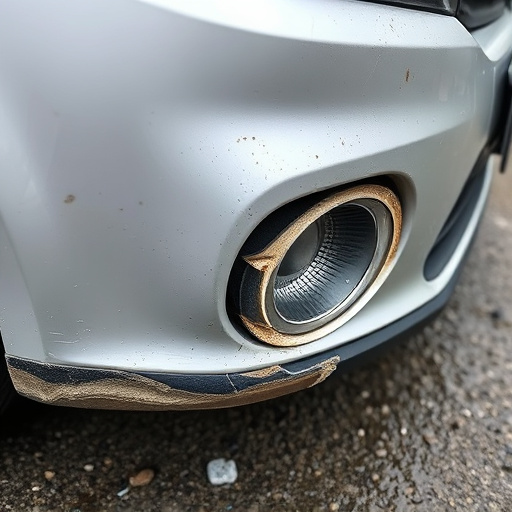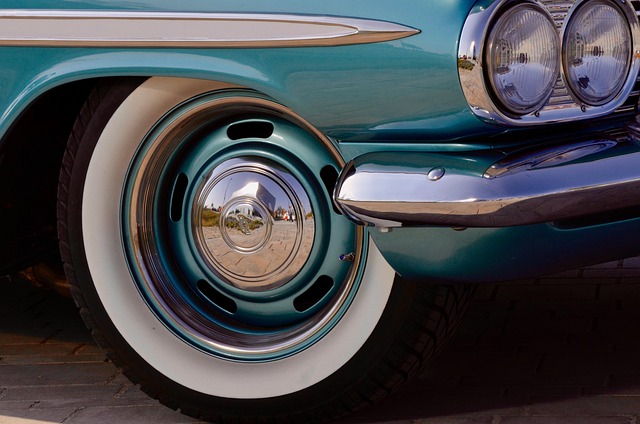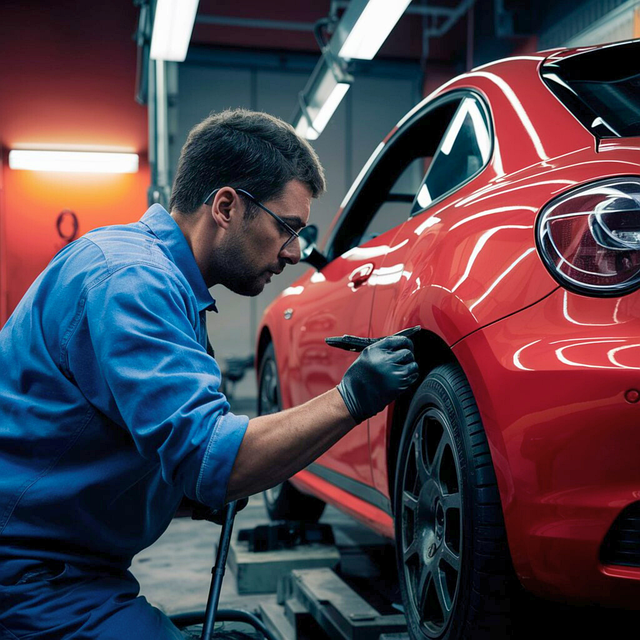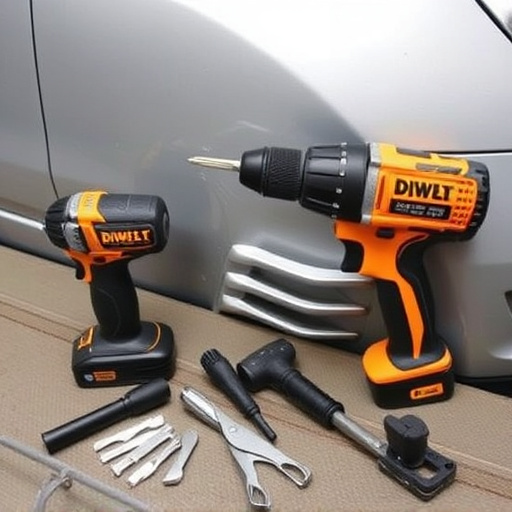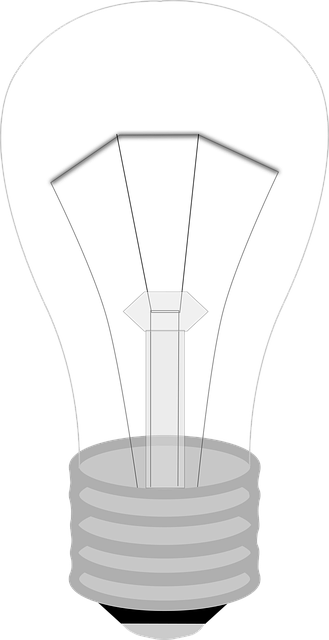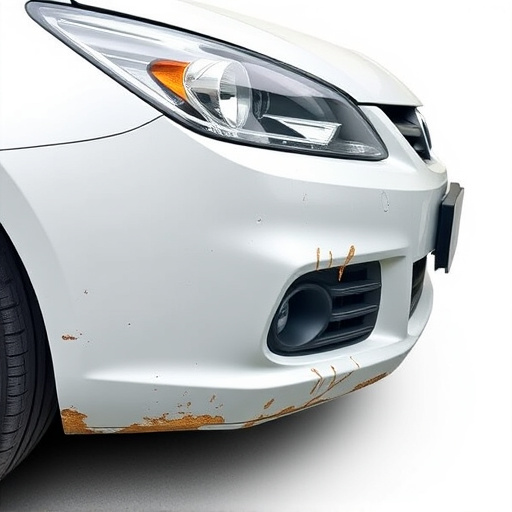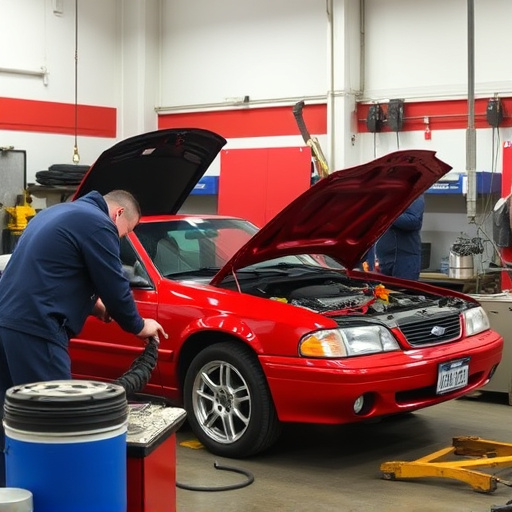In minor dent repair, advanced imaging technologies like high-res cameras, 3D scanning, and thermal imaging have revolutionized the process. These tools enable detailed visual inspections, accurate damage assessments, precise measurements, and pre-repair simulations. By enhancing precision and speed, they've raised quality standards for vehicle bodywork services, including paint repairs and collision services, ensuring superior restoration outcomes.
In the realm of automotive aesthetics, minor dent repair stands as a crucial aspect of preserving vehicle value. Advanced imaging technologies have emerged as game-changers in this process, offering unparalleled precision and efficiency. This article delves into the significance of advanced imaging for evaluating minor dents, exploring its benefits over traditional methods. From 3D scanning to thermal imaging, these tools enable thorough damage assessment, ensuring optimal repair outcomes and customer satisfaction in the minor dent repair sector.
- Understanding Minor Dent Repair: The Importance of Advanced Imaging
- Types of Advanced Imaging Technologies Used in Minor Dent Repair
- Benefits and Applications of Advanced Imaging for Accurate Damage Assessment
Understanding Minor Dent Repair: The Importance of Advanced Imaging
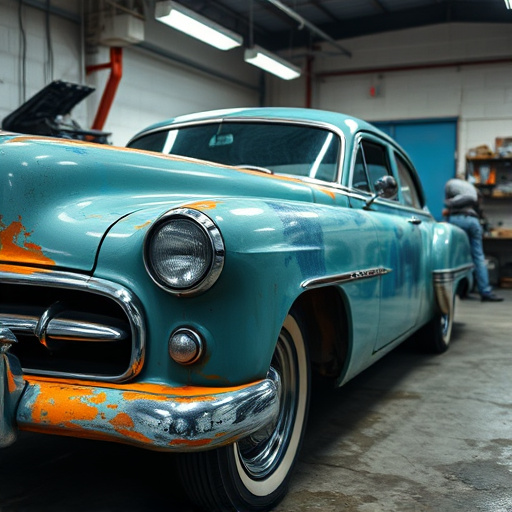
Understanding minor dent repair involves grasping the intricate process of restoring damaged car bodies to their original state. It’s a meticulous art that requires skilled technicians and advanced tools, especially when assessing the extent of damage. Here’s where advanced imaging plays a pivotal role. This technology enables detailed visual inspections, allowing experts to capture high-resolution images that reveal minute imperfections in the car’s bodywork.
By employing advanced imaging techniques, body shop services can accurately diagnose issues, whether it’s a dent, scratch, or even subtle deformities in the auto frame repair process. These images serve as a comprehensive record, providing a clear picture for technicians to make informed decisions during the repair. Moreover, they facilitate precise measurements and measurements, ensuring that car bodywork services are tailored to fit perfectly, preserving the vehicle’s overall aesthetics and value.
Types of Advanced Imaging Technologies Used in Minor Dent Repair

In the realm of minor dent repair, advanced imaging technologies have revolutionized how professionals assess and rectify damage to vehicle bodies. These cutting-edge tools offer a level of precision and detail that traditional methods simply cannot match. Among the most commonly used imaging technologies are 3D laser scanning and computer-aided design (CAD). 3D laser scanners create highly accurate, digital replicas of the affected area, allowing technicians to measure imperfections with microscopic precision. This data is then fed into CAD software, which can simulate various repair scenarios before any work begins.
Complementing these technologies are thermal imaging cameras and high-resolution digital photography. Thermal imaging reveals heat discrepancies that might indicate hidden damage or uneven healing after a repair. High-res digital photos capture intricate details visible to the naked eye but amplified through advanced editing software, ensuring no imperfection goes unnoticed. Integrating these various imaging tools into car dent repair processes has not only enhanced the speed and accuracy of repairs but also fostered a new standard of quality in vehicle bodywork services.
Benefits and Applications of Advanced Imaging for Accurate Damage Assessment
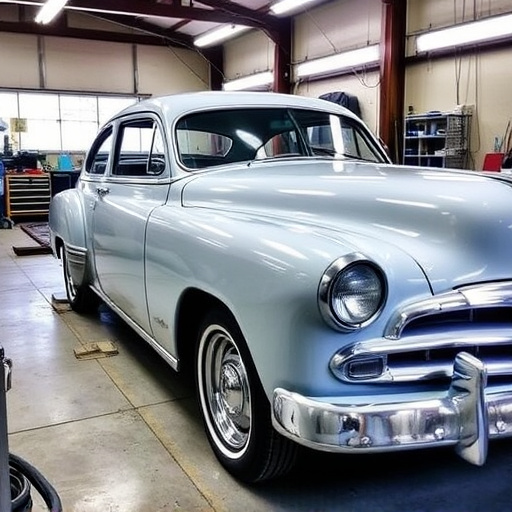
Advanced imaging technologies have significantly revolutionized the way minor dent repairs are assessed and executed. These cutting-edge tools offer numerous benefits in ensuring accurate damage evaluations, leading to more efficient and effective vehicle paint repair processes. By providing detailed visual data, advanced imaging systems allow collision repair specialists to closely examine every angle and nuance of a dent or crack, facilitating precise measurements and diagnosis.
The applications of these technologies extend beyond minor dent repair to encompass various aspects of auto glass repair and collision repair services. High-resolution cameras, 3D scanners, and thermal imaging devices capture intricate images that reveal hidden imperfections or structural issues that might be overlooked during manual inspections. This enhanced visualization empowers technicians to make informed decisions, leading to superior outcomes in vehicle paint repair and overall restoration quality.
Advanced imaging technologies have revolutionized the way we approach minor dent repair, providing accurate damage assessments that were previously challenging. By employing techniques like 3D scanning and thermal imaging, professionals can now swiftly identify and locate dents, ensuring precise repairs. This innovative approach not only saves time but also enhances the overall quality of restoration, making it a game-changer in the industry of minor dent repair.
